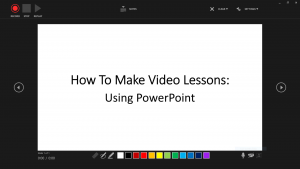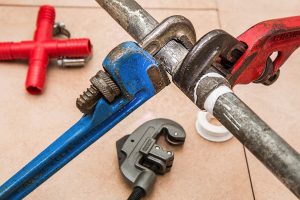An interesting aspect of (in)formal learning is the use of traditional audio-visual media like TV, DVDs and VHS to learn. With the advent of digital media platforms like Facebook, Twitter, WhatsApp and YouTube, opportunities to learn and be informed about different aspects of human endeavours from history to science, civilizations to industrialisation, wars to sporting events etc have become common place. However, to make the process enjoyable and knowledge-rich rich for children it is better to provide structure for the use of such audio-visual aids. For instance, it is possible for parents to use audio-visual platforms to better engage and educate their children beyond just entertainment while not losing the pleasurable experience that comes with children watching TV.
The History of Africa with Zeinab Badawi
An example of using audio-visuals for learning, is the use of the BBC series on History of Africa by Zeinab Badawi to educate children on African history. For example, the aim of using the series can be to have a general knowledge of African history across different periods. Also, the objectives can be to identify and understand the periods, people, places, practices and problems covered in the documentary. Likewise, as an extension, the children can be asked to link the new information and knowledge gained about the past with the modern life and discuss their similarities and differences. Furthermore, at the end of the exercise, the children can be made to draw a chronological timeline of people, events and places covered in the documentary.
A sample guideline on how to structure learning tasks for children using the documentary series as a learning aid based on class and age is listed below:
Pry1 to Pry4 (5-9) – the 5P’s (People, Places, Periods, Practices and Problems):
- Talk about or identify the people covered in the documentary
- Talk about or identify the places covered in the documentary
- Talk about or identify the periods covered in the documentary
- Talk about or identify the practices covered in the documentary
- Talk about or identify the problems covered in the documentary
Pry5 to JSS2 (10-14) – the 5W’s (Who, Where, When, What and Why):
- Who are the people covered in the documentary?
- Where are the places covered in the documentary?
- When is the period covered in the documentary?
- What are the practices – religious, cultural and traditional – covered in the documentary?
- Why are there differences in the people’s past and present practices?
JSS3 to SSS3 (15-18):
- Identify and discuss the period covered in the documentary
- Identify and discuss the people covered in the documentary
- Identify and discuss the places covered in the documentary
- Identify and discuss the practices – religious, cultural and traditional – covered in the documentary
- Identify and discuss the issues covered in the documentary
I want to say that these are suggestions and they are not set in stone. I wish you best of luck with whatever decision you make with regards to your students’ or children’s education in this very trying period in the history of humanity. At Edusounds, we hope you and your loved ones remain safe and healthy, and please adhere to the advice given by the medical experts and institutions in your place of abode. We pray for Allah’s mercies and forgiveness in this very trying time.




